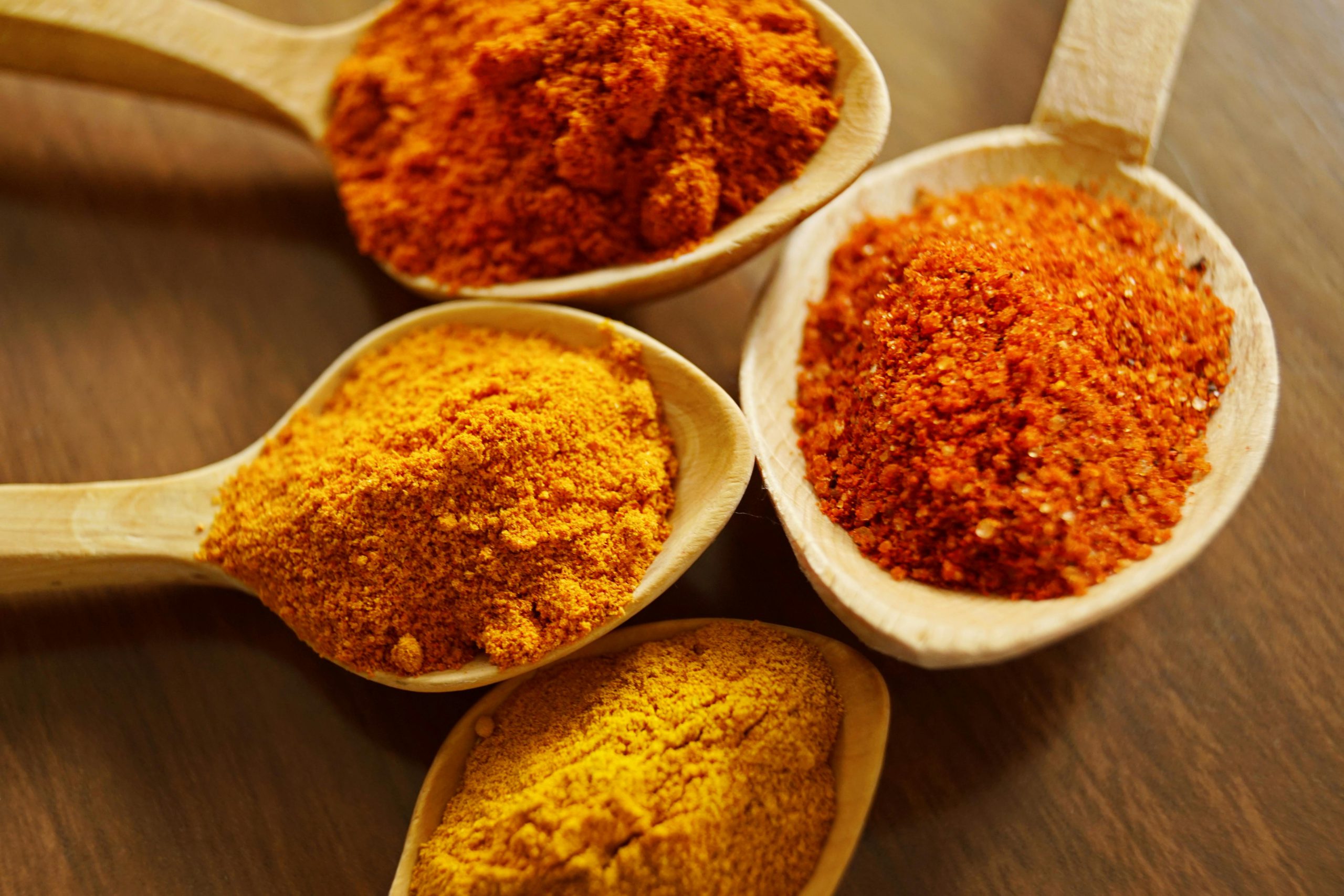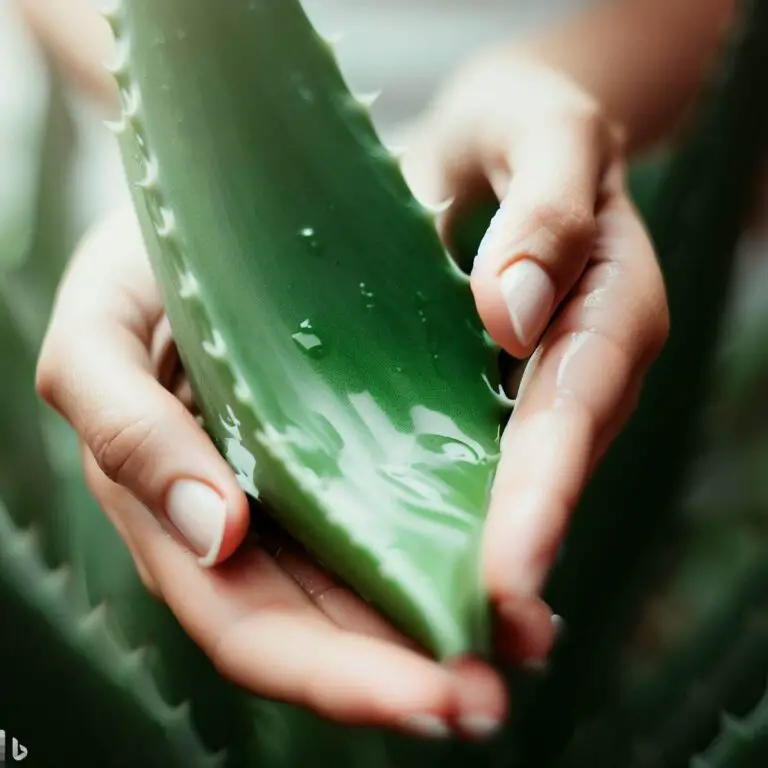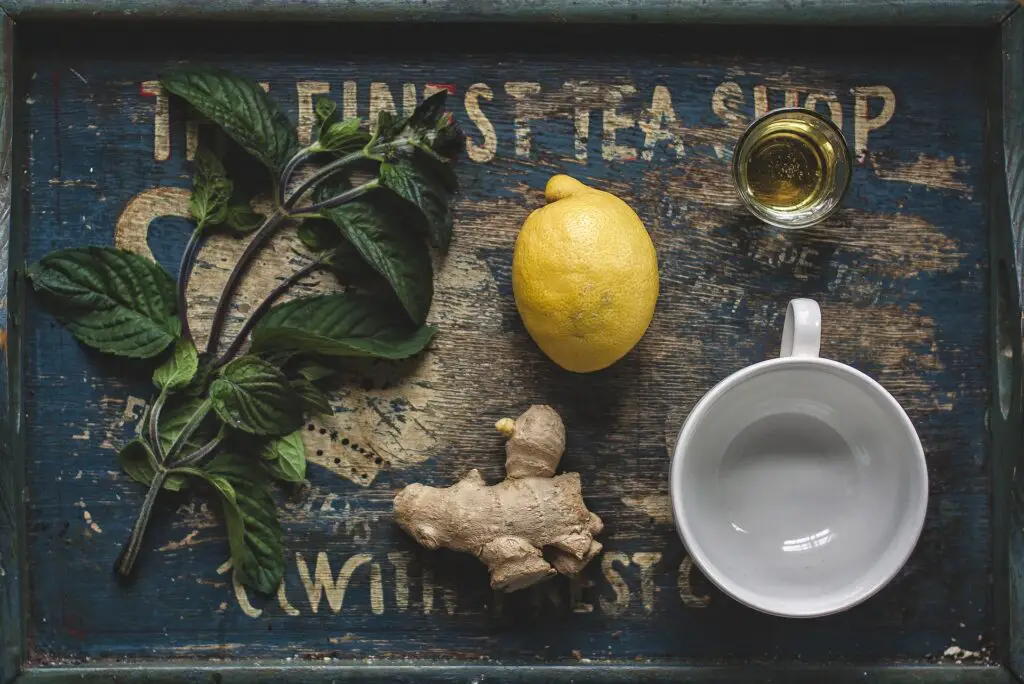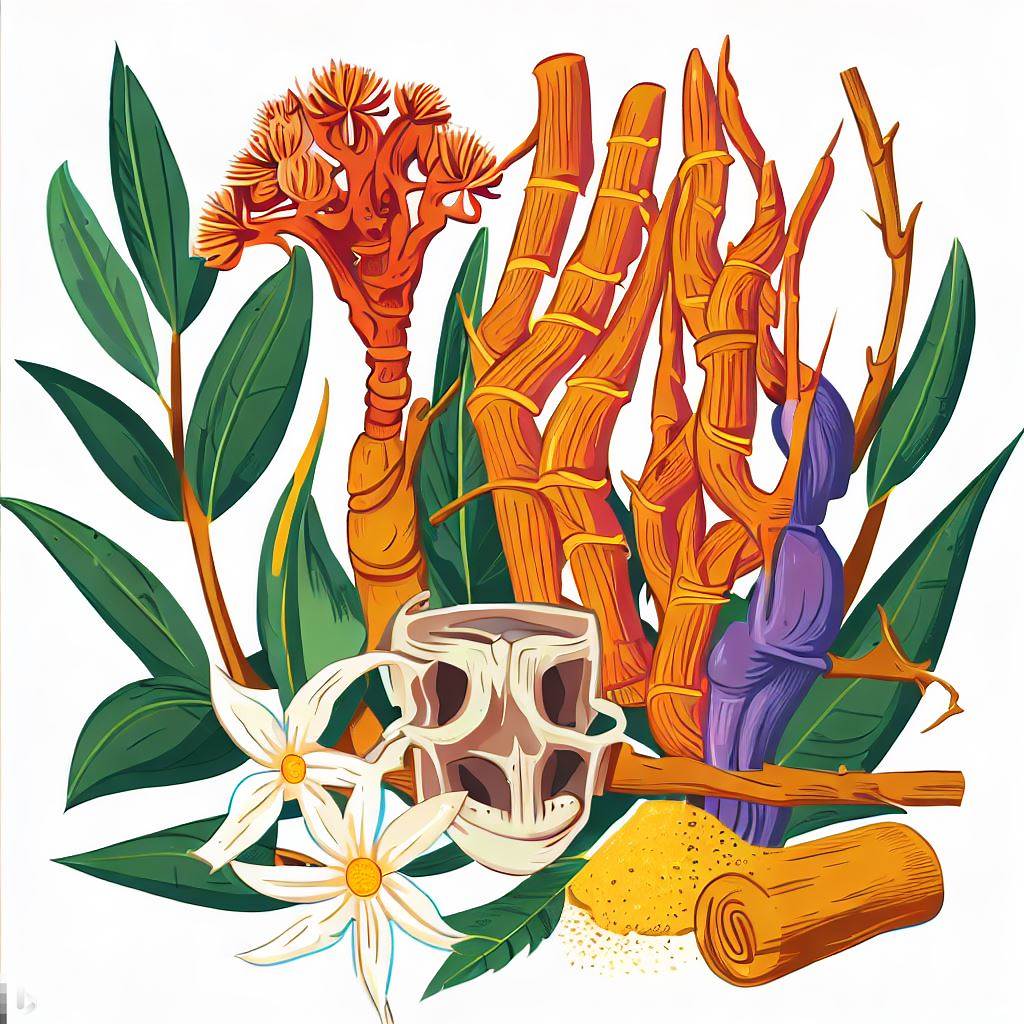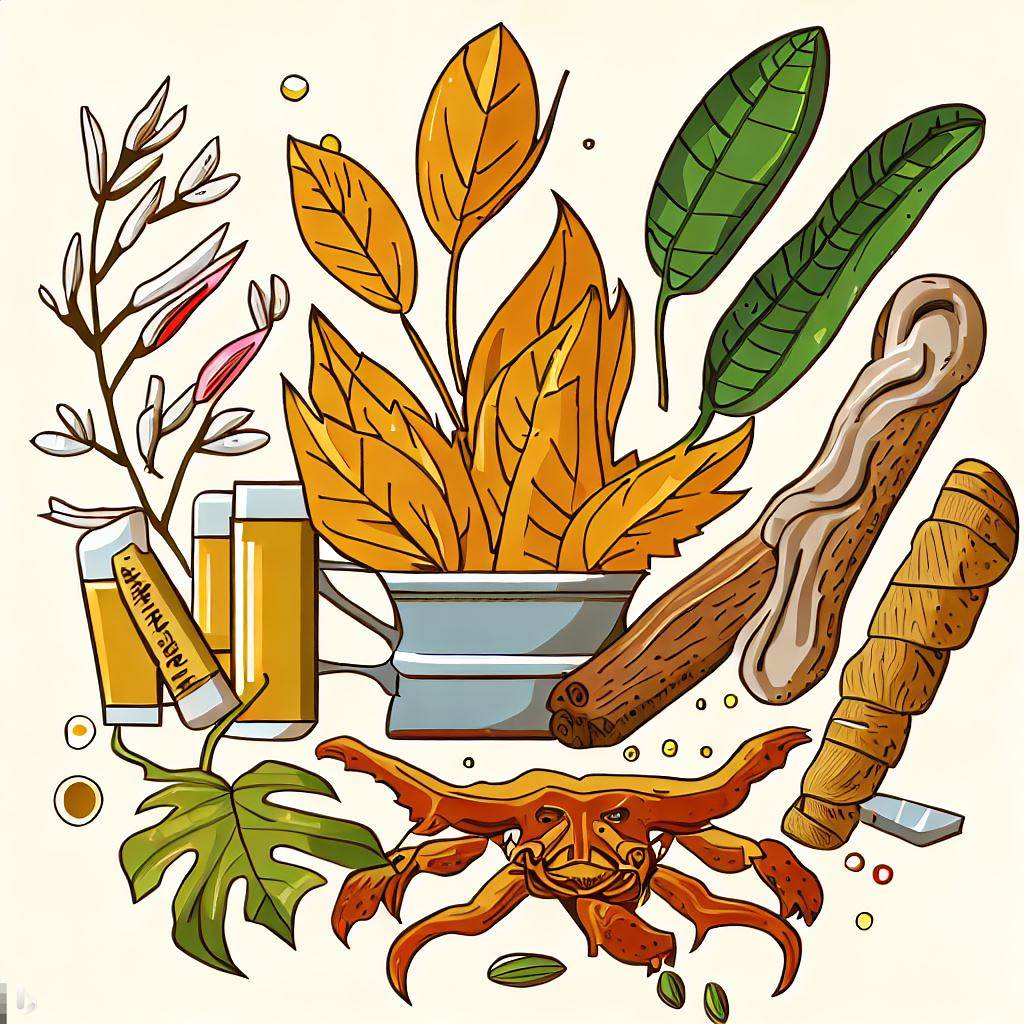Chronic Fatigue Syndrome (CFS), also known as Myalgic Encephalomyelitis (ME), is a debilitating condition characterized by persistent, unexplained fatigue that doesn’t improve with rest. While conventional medicine has made strides in managing the symptoms, many individuals are turning to herbal remedies for a natural approach to regain energy and vitality. In this article, we delve into the potential of herbalism to tackle Chronic Fatigue Syndrome effectively.
Understanding Chronic Fatigue Syndrome
CFS is more than just feeling tired; it’s a complex condition that affects the nervous and immune systems. Symptoms include:
- Profound fatigue lasting six months or more
- Cognitive difficulties (often called “brain fog”)
- Muscle and joint pain
- Sleep disturbances
- Sensitivity to light or sound
The exact cause of CFS remains unclear, but it’s often linked to viral infections, hormonal imbalances, or immune system dysfunction. Given its multifaceted nature, an integrated approach combining herbal remedies with lifestyle changes can be particularly beneficial.
Top Herbal Remedies for Chronic Fatigue Syndrome
Herbalism offers a treasure trove of natural remedies that support energy production, immune health, and stress management. Here are some of the most effective herbs for combating CFS:
- Ashwagandha (Withania somnifera):
- A renowned adaptogen, ashwagandha helps the body adapt to stress and boosts energy levels.
- Studies show it can improve sleep quality and reduce fatigue by balancing cortisol levels.
- Ginseng (Panax ginseng or Panax quinquefolius):
- Known for its energy-enhancing properties, ginseng supports physical and mental stamina.
- It’s especially effective in reducing “brain fog” and improving focus.
- Rhodiola Rosea:
- This adaptogen helps combat fatigue by enhancing mitochondrial energy production.
- Rhodiola is also known to improve mood and reduce symptoms of depression.
- Licorice Root (Glycyrrhiza glabra):
- Licorice root supports adrenal function, which can be compromised in individuals with CFS.
- It’s also an immune booster, helping to counteract viral triggers of the condition.
- Turmeric (Curcuma longa):
- With its powerful anti-inflammatory properties, turmeric can alleviate muscle pain and joint stiffness common in CFS.
- Its active compound, curcumin, has been shown to support brain health.
- Peppermint (Mentha piperita):
- For those experiencing headaches or digestive discomfort, peppermint tea or essential oil can provide quick relief.
How to Use Herbal Remedies Safely
While herbs are natural, they should be used with care to avoid side effects or interactions with medications. Here are some guidelines:
- Consult a professional: Seek advice from a qualified herbalist or naturopath before starting any new herbal regimen.
- Start small: Begin with low doses to gauge your body’s response.
- Choose quality products: Opt for high-quality, organic herbs to ensure potency and safety.
- Monitor progress: Keep a journal to track symptoms and note improvements over time.
Complementary Lifestyle Changes
Herbal remedies work best when paired with healthy lifestyle habits. Consider these tips to enhance their effectiveness:
- Balanced diet: Incorporate nutrient-dense foods like leafy greens, lean proteins, and healthy fats.
- Regular movement: Gentle exercises like yoga or walking can improve circulation and energy levels.
- Stress management: Practice mindfulness, meditation, or deep-breathing exercises to reduce stress.
- Sleep hygiene: Create a calming bedtime routine to improve sleep quality.
Final Thoughts
While there’s no one-size-fits-all solution for Chronic Fatigue Syndrome, herbalism offers a promising path for those seeking natural relief. By integrating adaptogenic herbs, anti-inflammatory remedies, and immune boosters into your routine, you can address the root causes of fatigue and enhance your overall well-being. Always consult with a healthcare professional to ensure a safe and effective approach tailored to your needs.
Are you ready to explore the healing power of herbs? Share your journey or ask questions in the comments below. Let’s uncover the potential of natural remedies together!





